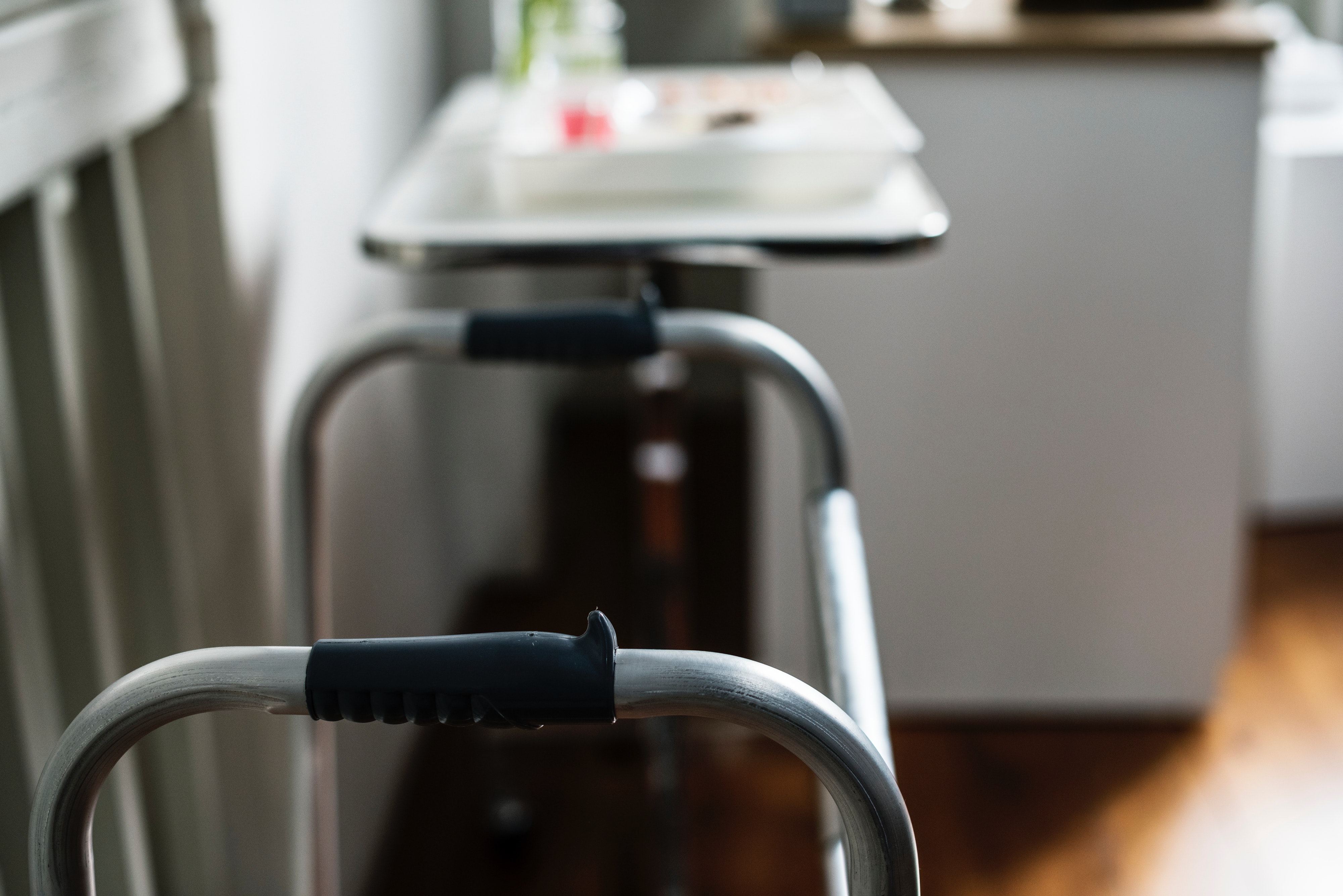Universal access to health has been the buzz phrase for a few years now. When we think of this concept, we tend to think mostly of financial access, but it is much more than that.
Our system is currently skewed to providing financial access to health, which, in itself, is very important as it can be a great barrier to health-seeking behaviour. Many want to visit a clinician often (click here for an example) but are unable to due to the system in place in the US.
We have been tackling the financial barrier with the no-user-fees policy, using HCC coding software from the likes of Foresee Medical and others to increase or decrease medicare payment plans, and moved even further along with the recent signing of the consultancy agreement to begin work on the National Health Insurance Plan.
This is apt as we celebrate 40 years of the Alma Ata Declaration, made at a conference in which Jamaica was a key participant and which occurred in Alma Ata city, USSR (now Almaty, Kazakhstan) in 1978. The conference was aimed at putting initiatives in place to achieve holistic health and accessible healthcare.
The World Health Organization indicates that there are three dimensions to access to healthcare:
Acceptability – people’s willingness to seek care when they trust in the system and believe in its effectiveness;
Financial affordability – the ability to pay for the service, be it via a health insurance agent or otherwise and
Physical accessibility – when services are within reach and obtainable when needed.
Jamaica has been working towards all three dimensions and has made strides in every area. However, where physical accessibility is concerned, there is a lot more that can be done, especially for the disabled. Health technology can facilitate and improve physical accessibility.
NO NEED TO COMMUTE
Jamaica has a good network of primary healthcare facilities, but still many persons in deep-rural sections of the island find it difficult to commute to these locations.
Also physically disabled and immobile persons face difficulty in accessing services at healthcare facilities, both in terms of commute as well as preparedness of facility and staff to accommodate them. Technology can alleviate much of these issues.
Let’s start with telemedicine. We already have the tools and software for this – the Hospital Information Management System now at the University Hospital of the West Indies, the Medical Practice Management System in several doctors’ offices, and the physician and patient apps that accompany the two.
Within the software, Quisk – a mobile-money platform – can be used for payment, especially since more than 80 per cent of Jamaicans do not have a credit card to facilitate this.
The communication systems within these platforms are secure and easy to use by both patient and doctor. A person who cannot leave home to seek care can get the care and consultation they need through telemedicine.
Telemedicine can also be used in tandem with remote care management tools. These tools can alert the doctor if there is need for medical intervention or can just allow him/her and the patient to track day-to-day progress within a number of health metrics.
These are especially good for persons who need to take daily measurements such as blood-sugar and blood-pressure levels.
So the technology has covered the doctor’s ‘visit’ and the patient may now need medication. We have a unique link between healthcare providers (doctors, pharmacies, diagnostic centres, laboratories, eye care centres, hospitals, dentists, etc) and health insurance companies. These systems are digitised, which means that at the required time, they can be made to communicate with each other.
ELECTRONIC PRESCRIPTION
This gives us the benefit of having electronic medical records, which are essential to patient care and to the proper and effective utilisation of an electronic prescription network. This allows the doctor to prescribe electronically and send the prescription to a pharmacy of the patient’s choice and then the services of a logistics company could be engaged for door-to-door delivery.
Persons would be able to get insurance co-pay and use Quisk to pay for their portion, all without leaving home.
The entire health technology ecosystem is set up so that anyone can have access to services without leaving their physical location. The telemedicine and other digitised platforms would not be viable without a payment system.
The low take-up of credit cards is one of the issues we face, but Quisk will solve this problem. Health technology is the future of healthcare and will enable the Government to truly achieve the holistic objectives of universal access to health.






